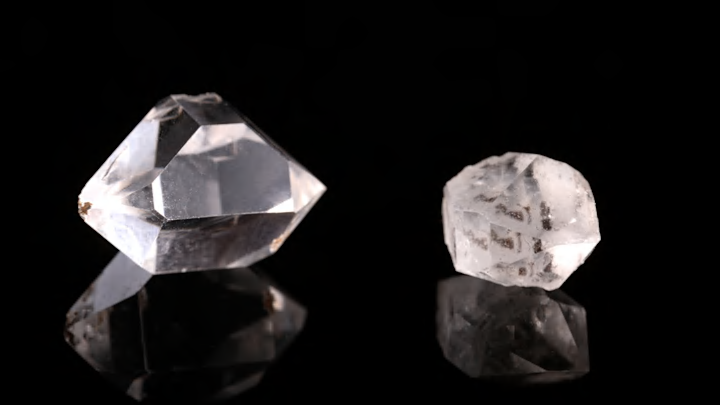The Cullinan Diamond, also known as the world’s largest diamond, weighed a whopping 3106 carats in its unrefined state. After it was unearthed in 1905 at the Premier mine in what is now South Africa, the gigantic blue-white gem was cut into over 100 stones, with the largest of them ending up in the English Crown Jewels. Now, nearly 120 years later, miners have discovered a gem that gives the Cullinan Diamond a run for its money.
Lucara Diamond Corp., a Canadian mining company, found the diamond in Botswana, a landlocked country in Southern Africa that’s also the second-largest producer of the jewel. More specifically, it was uncovered from the Karowe Mine in the country’s center. This gemstone comes in at 2492 carats, making it the second-largest diamond found since 1905.
Botswana President Mokgweetsi Masisi presented the gem to the world on August 23, 2024. The newly discovered treasure doesn’t have a name or a value at the moment. You can get an idea of the diamond’s impressive size in the video below.
South Africa is famous for producing the world’s largest and most incredible gems, such as the Excelsior and the Golden Jubilee diamonds. Countries throughout Central and Southern Africa are rich in this resource as well. The reason lies in the continent’s tectonic plates—when they collide, they create the ideal environment for gem creation.
A perfect cocktail of high temperatures and pressure causes carbon to crystallize and diamonds to form. While the rocks are made deep within the Earth’s mantle, carrot-shaped structures known as kimberlite pipes bring them to the surface during volcanic eruptions. As the magma explodes upward, it breaks off parts of rocks with diamond fragments and sends them to the surface. Only 1 percent of kimberlite deposits have quality diamonds.
Technological advancements have also allowed companies to find large diamonds. They use X-rays to identify the jewels in ore and grinding mechanisms to remove the gems without damaging them.
Read More About Treasure:
